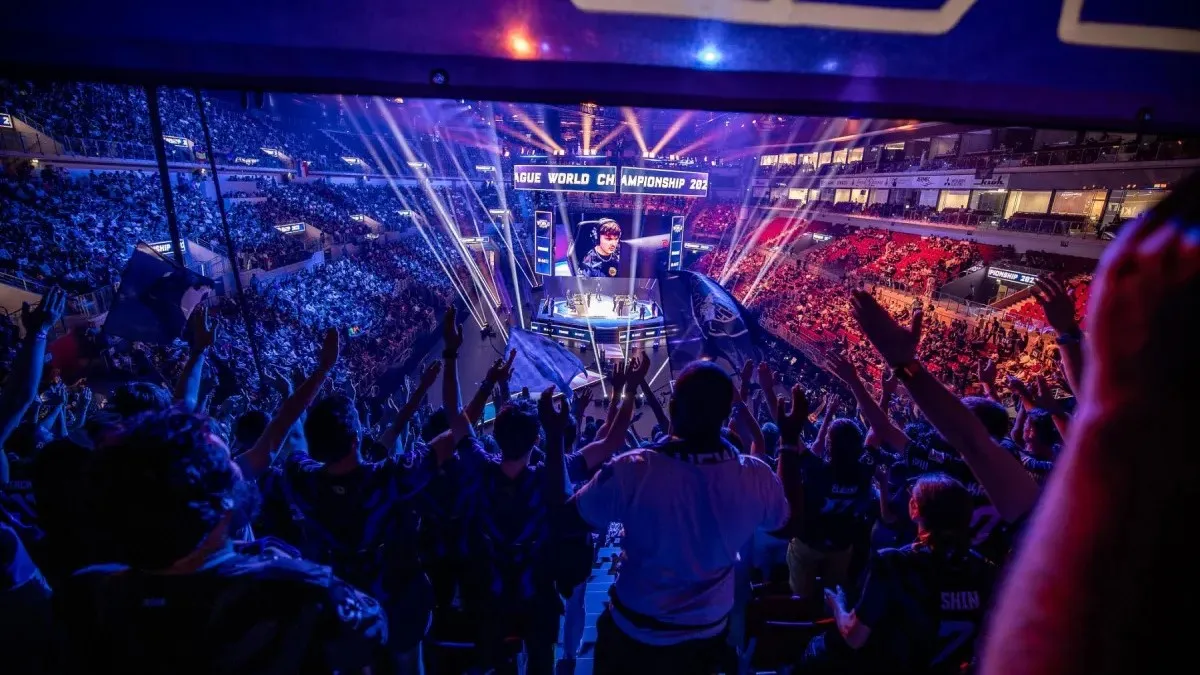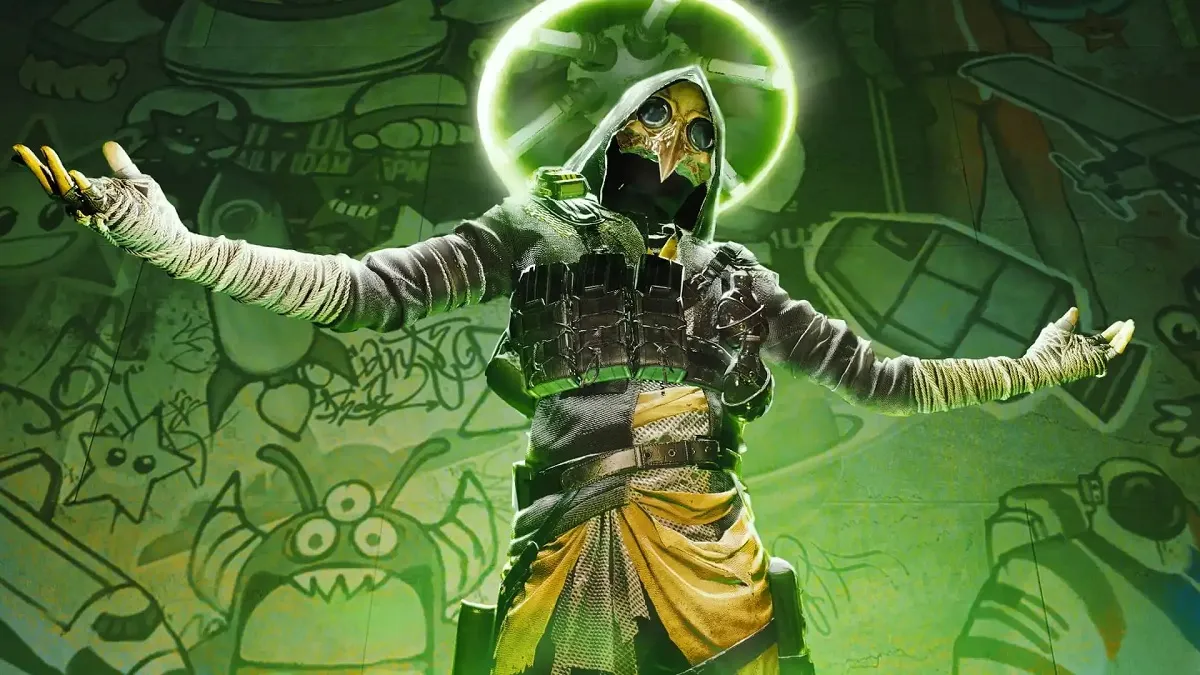Introduction
The large-scale in-game balance changes to League of Legends in the preseason make this perhaps the best time to discuss external mechanisms that are impervious to these seasonal winds. The methods used to inform champion select preparation have at their core remained relatively unchanged, despite a phenomenal increase in the analytic capacity of professional teams. One of the key jobs for a coaching staff is to process this information and create strategies, including anticipating and optimizing scenarios in this phase.
While the manpower going into creating team pick-bans is ever increasing, the creation of endless volumes of preferred opening variations is limited in usefulness due to the requirement of cross-disciplinary involvement. Coaches must navigate the strategic nuances of the metagame to reach the decisions made in each iteration of hypothetical choices, and players must then be prepared to pilot those champions in and against the compositions chosen, ideally with their pre-determined consent. Overanalysis can prove detrimental to performance, using time while resulting in increasing friction between players and coaching staff, with ever increasing opportunity cost. The efficiency of decision making and clarity while creating these strategies is thus increasingly important.
Current State of Affairs
Since the C9 Lemonnation notebook innovation of Season 2, the apparatus for creation of champion select theory has stagnated. Increasingly sophisticated understanding of aspects of the game by in-house analysts often translate poorly through the lens of the mental juggling act that is the creation of a set of compositions and pick-ban openings. The procedural basis, simply put, hasn’t significantly changed to keep up with the volume of increasing information and choices. Improvements to champion select decision making have led to increasing targeting of players with weak champion pools, forcing players to generally broaden their champion choices and react faster to meta shifts each season.
A complete pick-ban phase looks like this:

Final pick-ban of Worlds 2015, pre-trading
This picture, of decisions recorded without context, is similar to notation sheets used in competitive chess. During a game players will write down the moves played so they can analyse the game afterwards.

Fischer’s scoresheet for the “Game of the Century”, 1956
Despite using a poor example with descriptive notation, the point to be made is that it is significantly more difficult to analyse a game without the board present to project moves onto. In chess this is known as “playing blindfolded”, and playing multiple blindfold games simultaneously is considered a rare feat of expertise achieved predominantly by grandmaster players. Not only is the player required to mentally hold eight positions, but they must then analyse the position and project to successfully defeat contenders.
In League of Legends, coaches face a similar game, where the board isn’t even a visual construct, the pieces move by arcane rules according to lane matchups and compositional synergies, and the board and pieces change every couple of months as the meta shifts, drastically altering the preferred moves. Despite not being provided with one by the game, artificially constructing a “board” for champion select that incorporates the major data should greatly improve decision making by providing visual alternatives for each of the decisions made, leading naturally to greater efficiency for both players and coaching teams by improving reasoning and transmission of information at each step taken during a mock pick-ban phase.
Initial Construction
Even though there are potentially around 120 champions available, it is clearly not helpful to consider every champion as a viable pick due to the metagame artificially constraining choices. In addition players cannot play every champion to a professional level all the time. Champion pools are usually known to a high degree of accuracy from researching player’s recent histories in pro play, scrim and solo queue. With some risk of novel and unknown champion choices and strategies arising, short lists of champions distilled from the total can be made to represent the metagame and both teams’ current viable options based on their aggregate champion pools.

Venn Diagram showing overlapping priorities during pick-ban
Each pick-ban champion choice is unique, so where both teams can play a champion one team’s choice to pick or ban a champion makes that option unavailable to the other team. Additionally, champions outside the domains of red and blue team champion pools are by definition unable to see play, unless a novelty has been prepared that has evaded player research. This is a risk that must be taken in any construction due to the inherent demeanour of a game with incomplete information. The structuring of the overlapping team interactions naturally leads to different “tiers” of champions being desirable.

Tiering of the different regions in this construction
The first tier is the centre of the Venn diagram, where the champions are able to be played and are currently strong picks, in addition to stealing that option away from the other team. These choices are usually desirable as early picks in the draft as they can force the other team in a certain direction by process of elimination. The second tier of desirability is the overlap between a team’s choices and the metagame. These choices can’t be picked by the enemy team so if they’re significantly strong, are quite likely to be banned by them. They are also desirable as picks later in the draft, as they cannot be stolen away by the other team. The third and fourth tiers are also evident, but are much less likely to be picked as they fall outside of the meta.
Refinement
While the above pictures are actually all the board needs to represent information, it is unhelpful that usually the place where most of the champions would fit is also the smallest in terms of area. It is simple to convert the different tiers of the structure into a table, which will serve as the real “board” which can be then used to more easily inform decisions.

The basic board structure
The different colours represent who can choose from those regions of the board, with the gradient coloured tiers 1 and 3 being available options to both teams. This construction isn’t the whole picture, and is simply the board on which the game is played, with the rules widely known already. The power balance between options, initiative, and selection priorities will still vary with a range of factors including the teams playing and the metagame, but with this information more clearly represented.
There are, however, certain modifications that are necessary in order to show factors that have the greatest impacts on decision making. The two additional champion identifiers represent this. To use a common phrase, “god tier” champions are those that are very highly sought after due to their significant outperformance of other options in their role, hence warping analysis around them. A significant example of this was Gragas being disabled partway through Worlds 2015, which dramatically altered pick-ban considerations. God tier champions are very likely to be banned or first picked, and vary considerably based on the meta. Variances in personal notation is insignificant as long as meaning is conveyed, but in the example below these champions will be bordered in yellow.
The second champion identifier reflects high skill. While champion pool size and individual aptitude vary widely, players can potentially become much more than just “competent” on certain champions, to the extent that they can significantly outperform the current meta choices using them. When blue team has a player that is very good on a certain champion, it will be bordered in white; when red team has a highly skilled player at a certain champion, it will be bordered in black. If both teams have players that are good at that champion, the border will be grey, and if it’s also a god tier champion, then both colours will feature in the border in a gradient.
Hypothetical examples of bordering
From the above, we can deduce that Lee Sin is in the meta and is god tier, both teams play the champion and that both teams have players that are highly skilled on the champion. Blue side is highly skilled at Sivir and she is god tier, making her a very likely ban target. Naturally, due to their definitions, grey borders only appear in tiers 1 and 3, yellow borders only appear in tiers 1 and 2, and white/black only appear in areas that are blue/red, respectively.
Conclusions
While the creation of a board doesn’t change considerations while designing champion select, indeed including value judgements and intangibles in its inherent classifications, it serves to more clearly represent the information available. A key improvement is the circumvention of purely verbal relay of decisions, which helps players adept at visual learning methods and also bypasses language barriers. This board can also be used to physically “play” the pick-ban phase from either team’s perspective effectively as a card game, allowing competitive evaluation of decisions iteratively. The champion cards would simply be removed from the board and put into a pick-ban slot, with two players taking turns to move. This method, or a variation on it, seems to be an improvement on the current methods used in teams to create and discuss strategies that critically affect both coaches and players.






